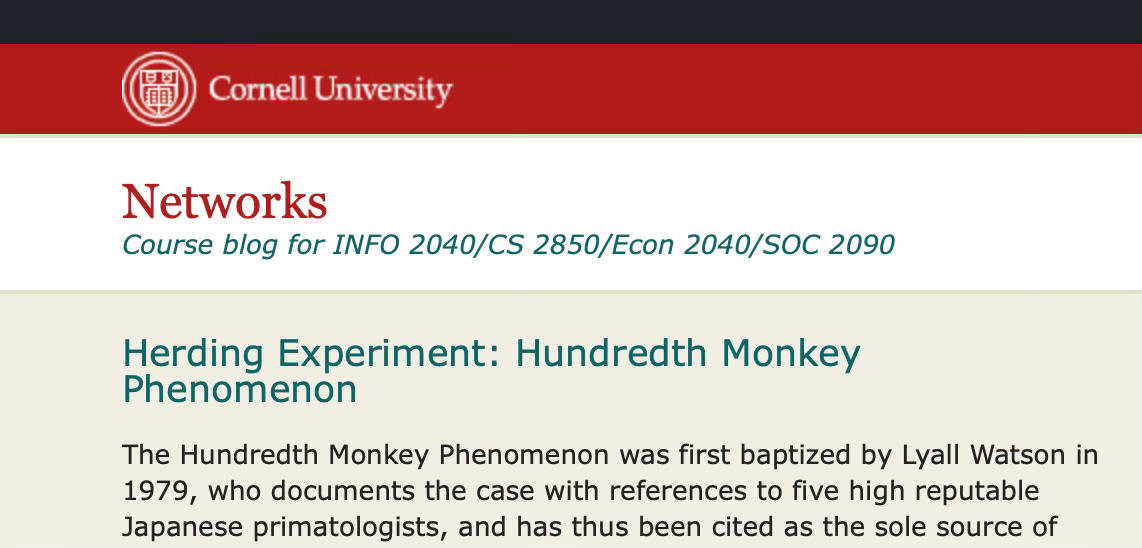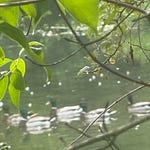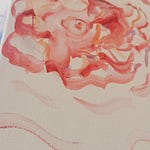A little while ago I noticed a piece of chalk - a pink piece of chalk nestled in the crook of a v shape in the maple tree we have in our front yard. It was a young tree when we moved in and now its canopy has expand and elevated so that it reaches high up into the sky. In the last few years we noticed squirrels calling it home for the first time. I later saw a pink smudge down the tree that I genuine consider more artistic than most modern art. Long ago I went to a museum and saw a square or a rectangle on a really big block and it was displayed there like it was something special and I was like, “OMG, every preschooler is a better artist, holy shit.”
Later I tried another modern art museum and I felt so disturbed I went home and made a satirical sculpture out of stuff at home and called it “reflections on a fractured consciousness in a disconnected world.”
If you’re going to go abstract, I’d much rather look at the squirrel art, or children’s art than what I saw as modern or postmodern art in museums. And granted, the stain on the tree may have been an incidental feature of whatever the squirrel was doing with the chalk including potentially attempting to nibble it, perhaps to some disappointment, but the squirrels saved it there in the nook. I am so curious why!
Even if the squirrel was not trying to make art on purpose, surely someday it could, after all it sees me chalk my sidewalk and squirrels are highly social, intelligent beings. If a monkey can learn to use a stick for a tool and to wash their sweet potatoes and a bees can communicate vectors between the sun and a food source and the distance between their hive and the food source through a dance detected as vibration, why not squirrels setting about being artists and chalking positive messages?
In the fall of 1958, a remarkable event happened on Koshima, which later came to be known as the “Hundredth Monkey Phenomenon.” An unspecified number of monkeys were washing their sweet potatoes. Let us assume that there were 99 monkeys already doing that and 1 additional monkey also developed this strategy in the usual way. All of a sudden, as if that one additional monkey pushed the strategy through some form of threshold and critical mass, almost all of the monkeys in the same troop were doing it. Moreover, this strategy transcended natural barriers and have suddenly appeared in other groups on other islands.
Watson theorized that some sort of group consciousness had developed suddenly among the monkeys upon the one last monkey’s development of washing potatoes, which was dissimilar to the one-monkey-at-a-time distribution method in previous years. It was not only applicable instantaneously to the entire troop at the end of the day but also spread to other groups across the sea rapidly. This was ground-breaking because it broke the pattern on the slow and gradual mode of acquisition that characterized the first five years after Imo’s discovery and it broke through natural barriers by spreading across seas.











